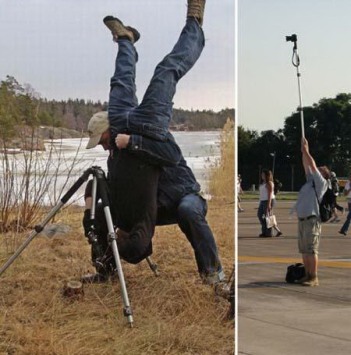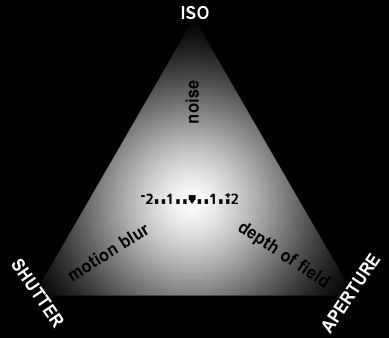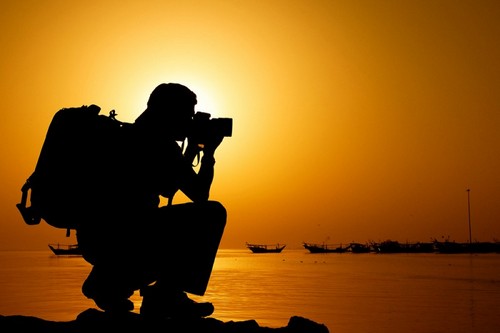
Someone who’s just freshly delved into the world of photography by buying a DSLR with a kit lens will have this question resonating in their thoughts as they go deeper into the rabbit hole of photography. Whether it is for the sake of having a ranged collection of lenses or the desire to widen their photograph horizon in one specific area of photography (like macro photography), that next lens will surely tempt you. And with the abundant collection of different types of lenses available out there, the answer to this question will surely need some serious contemplations.
Here I’ll discuss the different types of lenses. Read the specifications for each type to figure out which prototype will most suit your specific needs.
Before investing in a collection of lenses and considering which are worth your cash, an aspiring photographer should ask themselves these questions:
1. What type of lenses have you had so far?
2. What’s your specific interest in the world of photography as of now?
3. What are the limitations you encounter when you’re photographing?
4. Do you usually encounter limitations when trying to shoot objects up close?
5. Is the difficulty of achieving better exposures part of your dilemma?
Telephoto Lenses
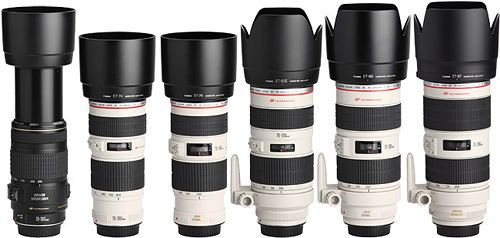
Adding a telephoto lens to your collection (like a 55-200 mm or a 70-300 mm lens) may be a most logical decision when adding to a starter kit’s collection. By using a more telephoto lens, we can zoom in closer on objects.
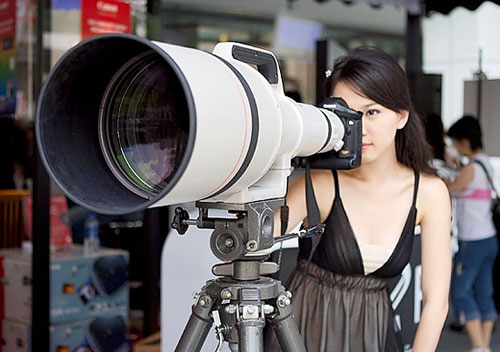
Or, for instance, if you as a photographer has to photograph an object from a distance (maybe due to an obstacle between you and the object, or if it’s in nature and your object is a wild animal) you can accommodate yourself with these lenses.
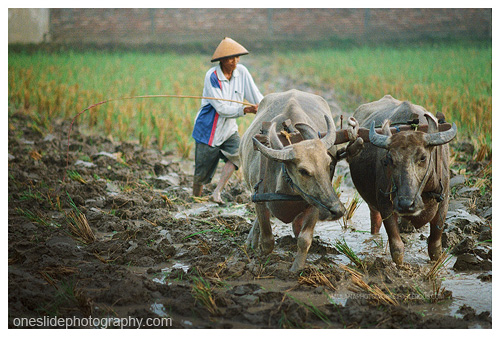
A photograph taken using a telephoto lens.
Camera : Nikon F3 Analogue
Lens : Nikkor 105mm F/1.8
Wide Lenses
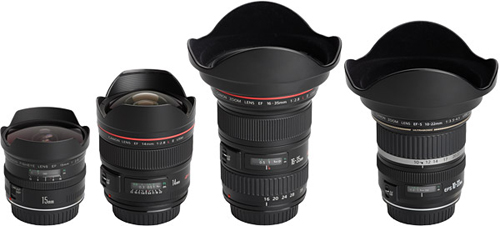
Using an ultra-wide lens may be an interesting choice because it can capture a wider area of view. Experimenting with the distorted effect, however, can serve you better if you shoot with a foreground element, creating a certain “depth” in your photo. The use of ultra-wide lenses gives a deep “story telling” feel to a photograph. The combination of detailed elements of the foreground, middle ground, to its background tells a detailed story in a photograph.
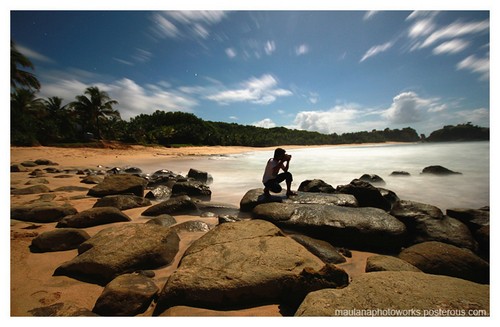
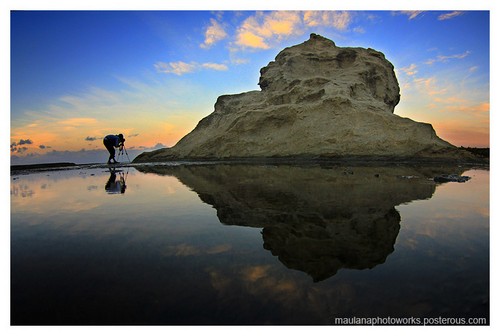

A photograph taken using a wide lens.
Camera : Canon EOS 550D
Lens: Sigma 10-20mm f/4-5.6 EX
Macro/Micro Lenses
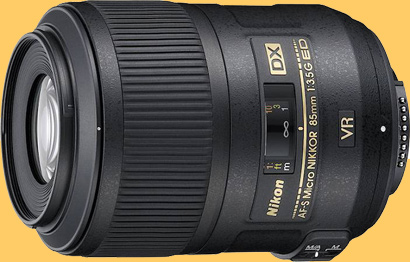
If you as a photographer is interested in taking photos of objects up close and in great detail, then the macro-type lenses are exactly what you need. Though there is the choice of using other assisted paraphernalia (such as bellows, extension tubes, diopters, and reversed lenses), the macro lenses is the best and easiest way to go.
There is also an abundance of different focal lengths in the types of macro lenses available in the market. And generally they give out about the same view at their closest focal length.
So when you choose the focal length of a desired macro lens, it should be more of the distance (between you and your object) from which you work. If your photo objects are along the lines of products, you would want to adopt a short-range macro as your lens (50, 55, or 60mm). But if you need more distance from the subject as you shoot (maybe it’s of an insect, and when you get too close, it may distract its natural state), a more telephoto macro lens would be best.
In some macro lenses, there is a feature called “perspective control.” In a 85 mm PC, for instance, can be used to get a perspective effect or to lessen the perspective effect when doing a shoot. The lenses with this feature tends to be more costly, though.
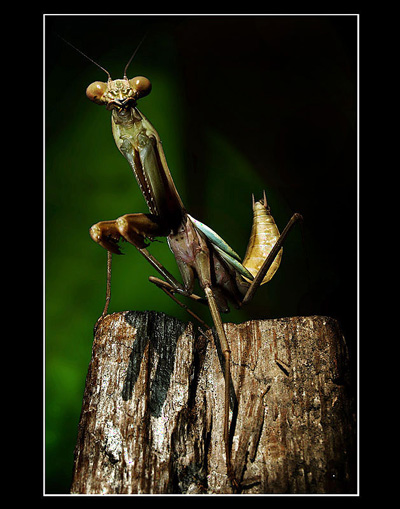
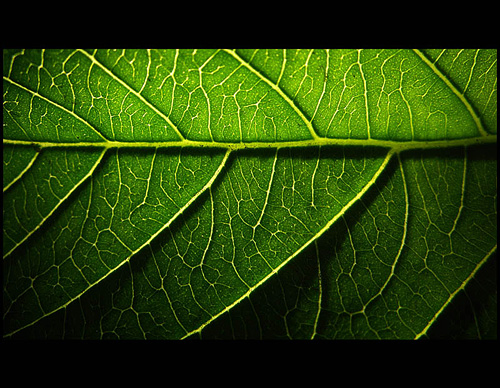
Photo taken using a macro lens.
Special Effects
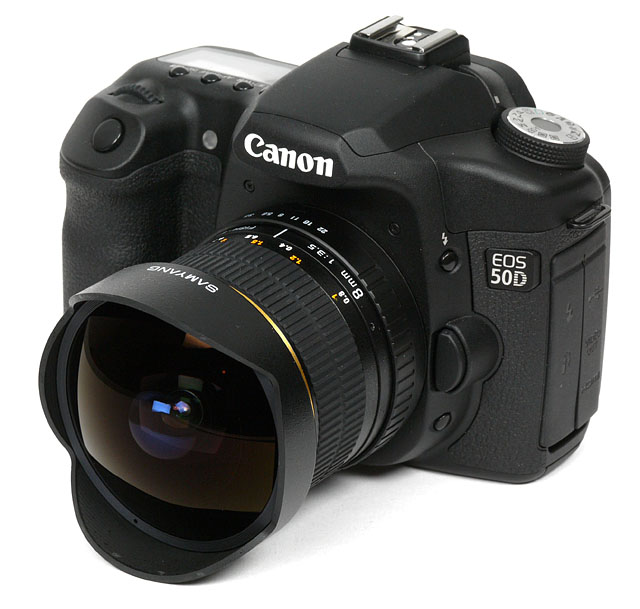
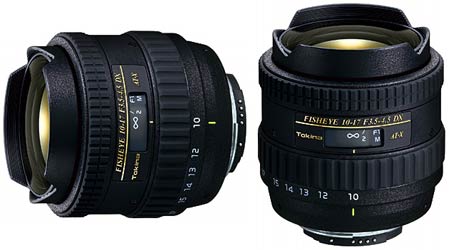
There’s also an array of lens prototypes dedicated to serve its users with a special effects feel. The more popular special effects lenses being the fisheye (which creates the feel like you’re staring out from inside a fishbowl) and the tilt-shift (usually for taking pictures of tall building, it can also create the feel that a scenery is of a toy world). These specialized lenses are usually on the pricey side, so you should really think it through before deciding to make the purchase (whether it will be most useful to you). And one should be cautious when utilizing these gears, because they strongly distort an image and if you’re not careful, could actually damage the quality of your photograph.
The fisheye lenses are available in 3rd party brands, in more pocket-friendly prices. These fisheye lenses come in different, usually fixed, focal lengths ( 8 mm, 10.5 mm, and 15 mm, to name a few). However, now Pentax and Tokina offers these lenses with a zoom feature with focal lengths of 10-17 mm and 17-28 mm.
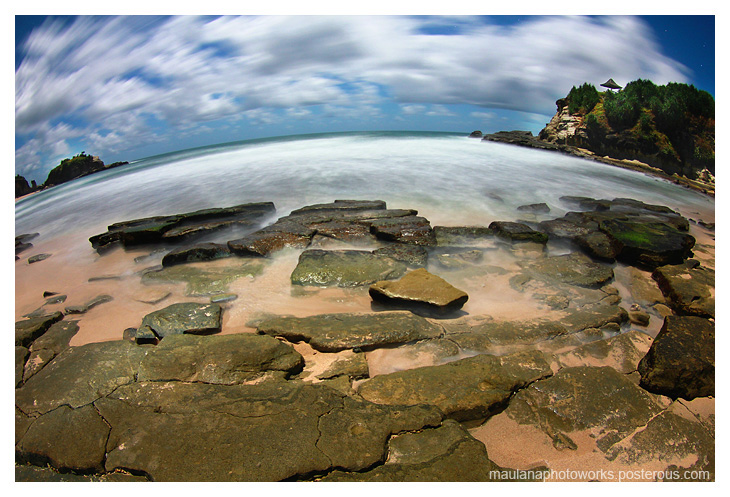
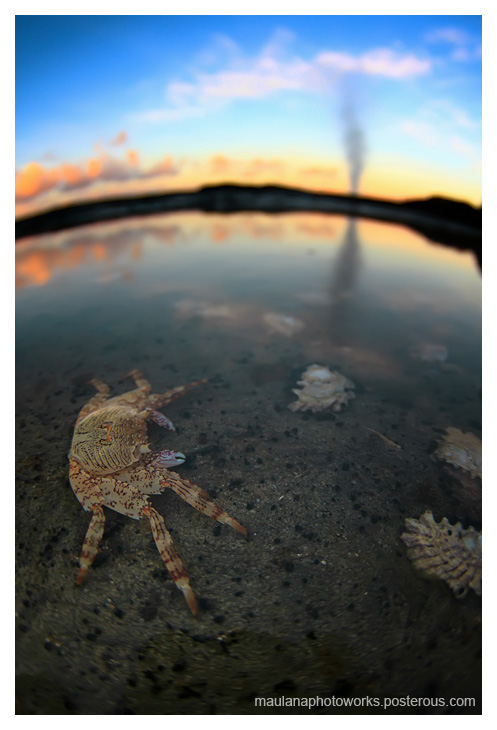
A photograph taken using a fisheye Lens
Camera: Canon EOS 550D
Lens: Tokina Fisheye 10-17mm
Recommended Product:













